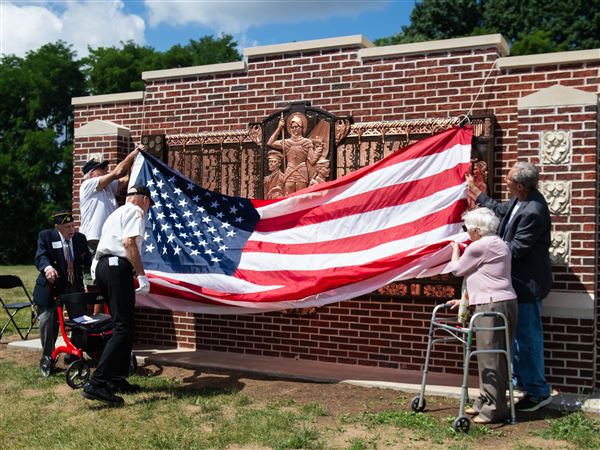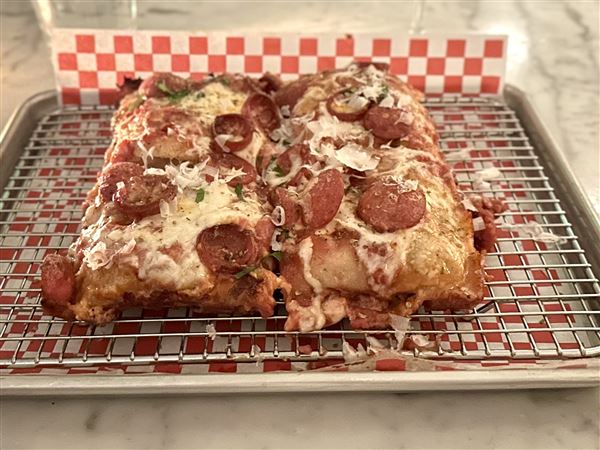One of the most successful advertising campaigns in history won't be found on a billboard, commercial or neon sign, but the "pickle pin" continues to adorn the pockets of Pittsburghers and Heinz Co. customers alike.
H.J. Heinz, a marketing genius, developed the idea for the pickle pin at the 1893 Chicago World's Fair. In hopes of drawing attention to the company's second-floor display, Mr. Heinz hired a few local boys to scatter the fairgrounds with cards promising a "free gift" if visitors ventured upstairs to the Heinz booth. People climbed the stairs by the hundreds of thousands to the Heinz Co. exhibit, where they tasted samples of the company's many varieties and received a pickle charm.
Mr. Heinz used the pickle pins, worn by fair-goers, in one of the first marketing attempts that used the public as advertisers.
By the end of the fair, Mr. Heinz had distributed more than a million pickle pins, and the promotion was considered a tremendous success. Vendors who shared the second floor at the World's Fair with Heinz threw a dinner party in his honor, thanking him for attracting such large audiences to their booths.
With great initial success, the Heinz Co. distributed pickle pins at the World's Fair in 1896, 1898 and 1939. By the 1982 World's Fair, a large free-roaming robotic ketchup bottle wearing the company's logo greeted fair-goers with the pickle prize.
Still in production, the pickle pin has inspired many spin-off products, including the exact-replica ketchup pin and the golden pickle lapel pin.
The pickle pin design has changed slightly throughout its century-long existence, evolving through different colors, shapes and styles. Originally, the pin was made from a resin material that was commonly used for dental fillings in the 1800s. However, today's pins are made from modern plastic and have taken on a darker green exterior.
By developing innovative marketing and creative promotions, the H.J. Heinz Co. grew from a small local food purveyor into one of the most recognized brands in the world.
Visitors to the History Center can learn more about the many marketing tactics used by Heinz and can see an original pickle charm from the 1893 Chicago World's Fair at the "Heinz 57" exhibit on the museum's fourth floor. Before leaving, visitors can pick up their own pickle pin at the museum gift shop.
First Published: September 24, 2009, 4:00 a.m.















